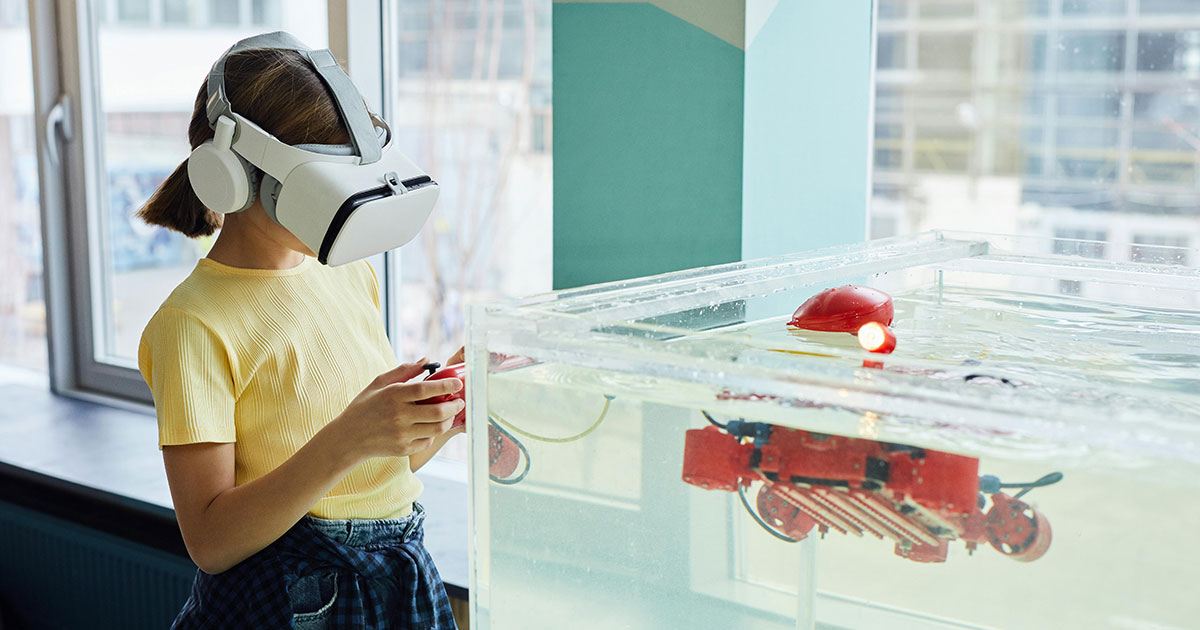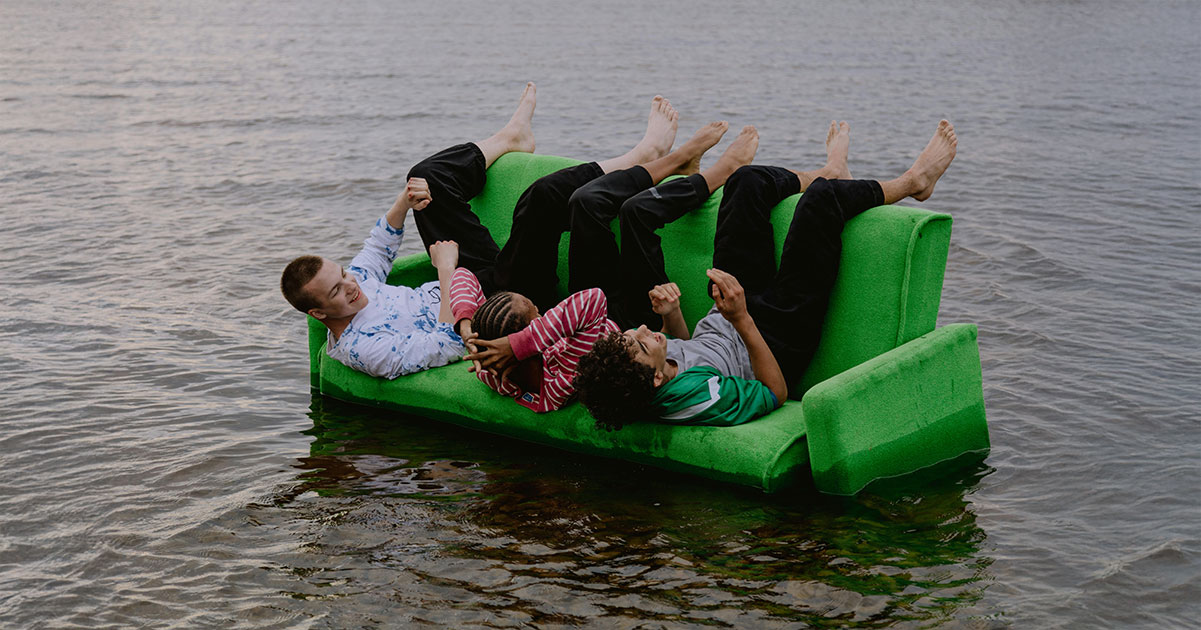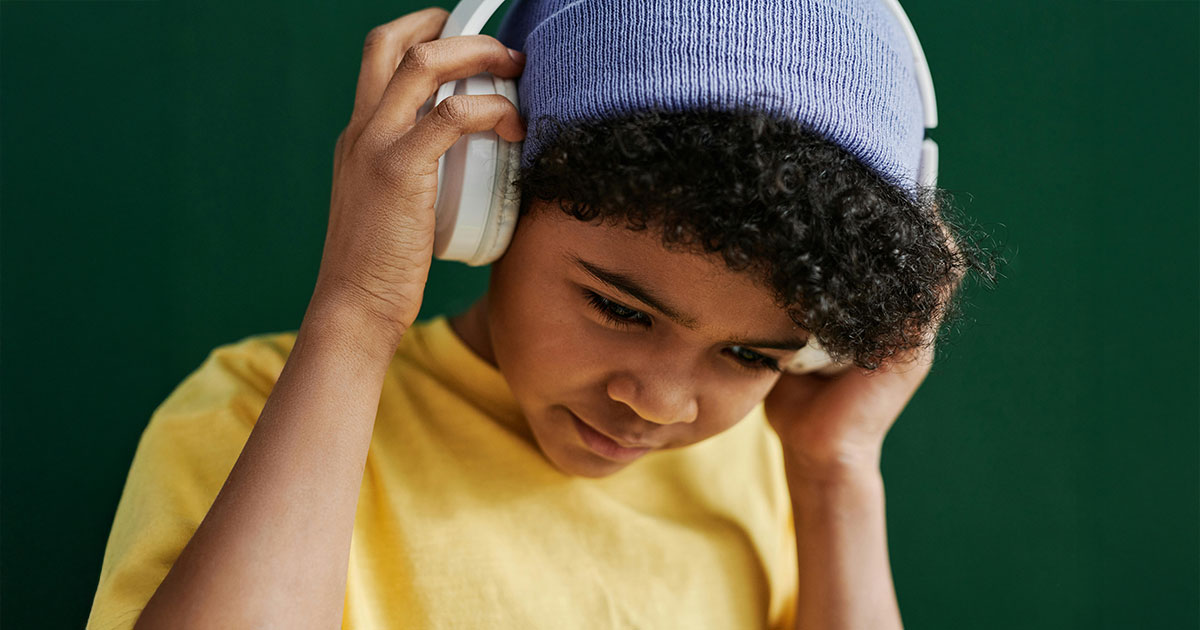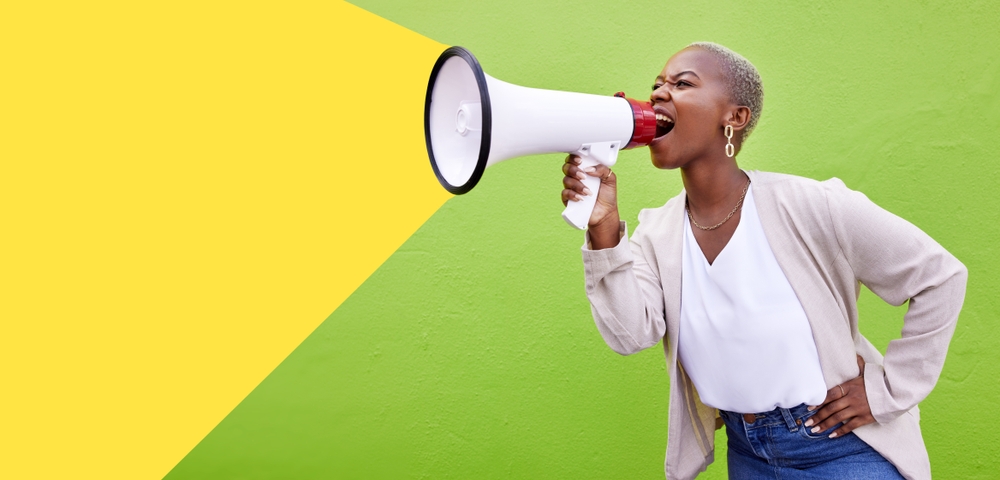Humans possess an innate propensity to create. That’s the nature of being biological creatures with advanced brains. We’re much happier mentally and more emotionally fulfilled when we make things—especially when we make things for other people. So why not tap into this vital human need to help your teen use screen time as creative time? Whether it’s a Tik Tok video or their very own U-Tube channel, teens who use tech as forms of creative expression learn to discern and think critically. They are digging deep into their own self-awareness and identity as a creator, helping them grow into innovative, adaptable adults.
This quote by Bob Dylan gives food for thought: (You may want to share and discuss it with your teen.)
“Life isn’t about finding yourself. Or finding anything. Life is about creating things. And creating yourself.”
Stifling the desire to create leads to depression and existential angst. In my book, Parenting Well in a Media Age, I decipher the research that explains why we cannot feel belonging to a family, to a community, or even to the human race without fulfilling our need to create. I believe that the current teen mental health crisis means that often these remarkable young people do not know their gifts and the significance of sharing them. Their self-identities as creators have gone astray. Consequently, so have they.

The beautiful book, A Creator’s Companion, by Liam Bowler can inspire teens, and adults alike, to courageously explore the act of creating. I highly recommend reading it with and discussing it with your teen. Bowler stresses enjoying the creative process itself, without worrying about the outcome—which I think can take even more courage than sharing our creative outcomes with others. Ignoring our inner critic while focusing on creating for the joy of it, takes bravery. Our success, Bowler states in many ways, lies in the actual act of creating, not the creation itself and not whether the creation is accepted, understood, appreciated or rejected by others.
As I read the book, I was reminded of the words attributed to St. Thomas Aquinas on his deathbed, “All my work is straw.” A body of work on history, philosophy and theology that filled a library. All straw to him. A potent reminder that mortality puts our creative outcomes in perspective. Why not enjoy creating itself and let everything else go?
Being alone in the creative act can be scary. Working to express something not yet known, we sift through a lot of uncertainty. And that can uncomfortable. Surety feels safe, after all. Creating means we intentionally drive solo into limbo, waiting for answers to be revealed in their own time.
Bowler thinks creating is beautiful precisely because it necessitates an internal process:
“Creating is a beautiful subject, I think, because it’s such an internal process—it’s you making something—and it’s also so clearly in the world: it’s you making something. It’s not about what you think or believe; it’s about what you do and how you do it.”
And this is precisely what AI subverts. No need to struggle writing a first draft if AI can do it for you. In another article, I applaud the marvelous book, More Than Words, that clearly articulates how writing teaches us to think, especially when we stay in the struggle, battling within to put down on paper what we are thinking. We all know how hard this is—yet critically important for growing thinking muscles. And even more important for teens whose brains aren’t done developing.

Since A Creator’s Companion is structured into one-page poetic snippet reflections, the reader easily goes inside of self to ponder Bowler’s perceptions and their relevance. It’s perfectly set-up to entice teens’ curiosity and comments! Bowler advises: “The flow of pages has a linearity—there’s a beginning, middle, and end to roughly follow the beginning, middle, and end of making something—although you can open to any page and get a little reflection—like a tarot card.”
A major strength of the book is its unique organization for accompanying the creator every step of the way. Divided into five major sections, Opening, Orientation, On Creation, Disorientation, and Towards Completion, each one takes us through various viewpoints of the creative process as it unfolds. You may be familiar with the four stages of the creative process as: Incubation; Idea Stage, Drafting, and Finishing/Polishing. Bowler gives an innovative take on these stages, enabling the reader to disassemble the creative process in fresh ways. For instance, during the beginning stages of Orientation, Bowler provides unique ways to reflect on how we can listen to our body as we prepare to begin. As a former massage therapist, he brings a wholistic perspective, encouraging the reader to understand felt bodily experiences as creating progresses.
I especially appreciated the book’s Disorientation section—a creative phase I experience while drafting, but never had words for. Bowler brought this usually chaotic, confusing time to coherency for me. While I am often tempted to throw the whole thing out at this almost-final-point in the process, Bowler encourages a heightened awareness, a slowing down:
“When you’re disoriented, you don’t know what’s real, so you have to look—a most natural response, in an attempt to get oriented—but you can’t rely on an old idea of what this is like, whatever this is. You have to look, as if for the first time, to find out.”
This would be a perfect way to help your teen get through learning how to write essays in English class!
In every section, Bowler embeds interesting questions and helpful suggestions—for relaxing, attending, applying. These could also be considered mindful practices that open up more channels for creative flow. All given in a soft non-judgmental, you-don’t-have-to-do-it-if-it’s-not-right-for-you way. Safe for interesting conversations with your teen. Emphasizing the perfect naturalness of imperfection make the book a companion I could trust, and I think so will your teen.
In dark times especially, creating has saved me. As the tears stop and some composure returns, I usually ask myself: “What is one generative thing I could do right now?’ Almost always, I find that creating something—whether a cleaned off countertop or a book review—brings me back to myself.
As you go about helping your teen create, I highly recommend turning to A Creator’s Companion. It’s an empathetic guide and inspirational friend. It can re-acquaint your teen to his/her/their your creative self and the unique gifts only your teen can bring to our world.
PATTERNS OVER TIME

Preparing Kids for an “AI Everywhere” World
Read more
10 VISUALIZATIONS FOR PARENTS
Release worries to discover more clam and conviction.
Tap into your mental imagery powers to parent with more ease and joy.
Center yourself in your values and parenting priorities.
Use your creative energy at full throttle.




